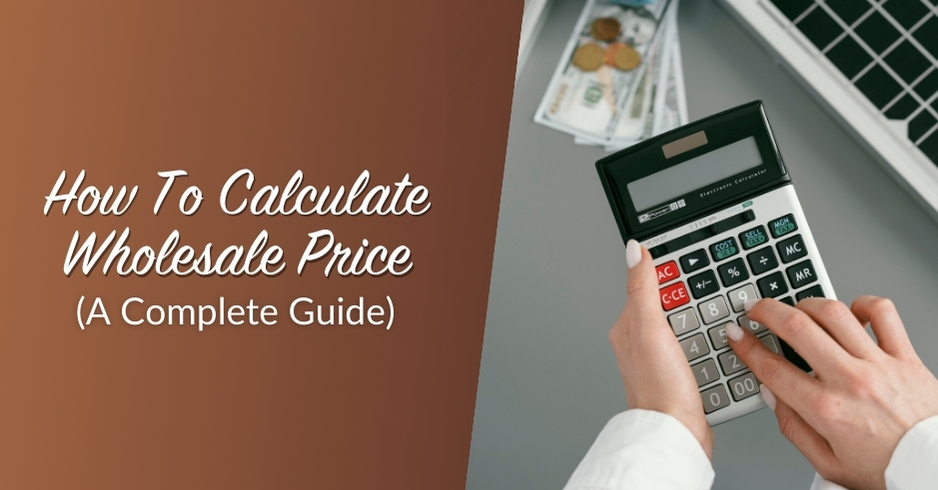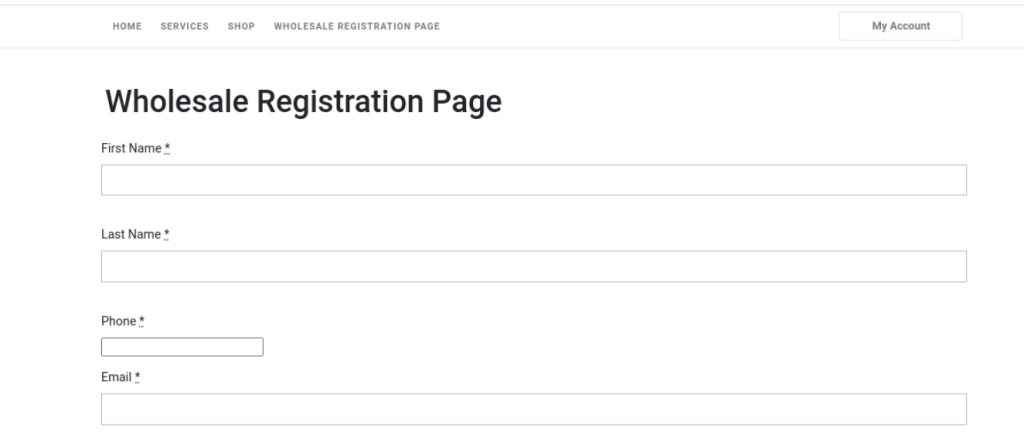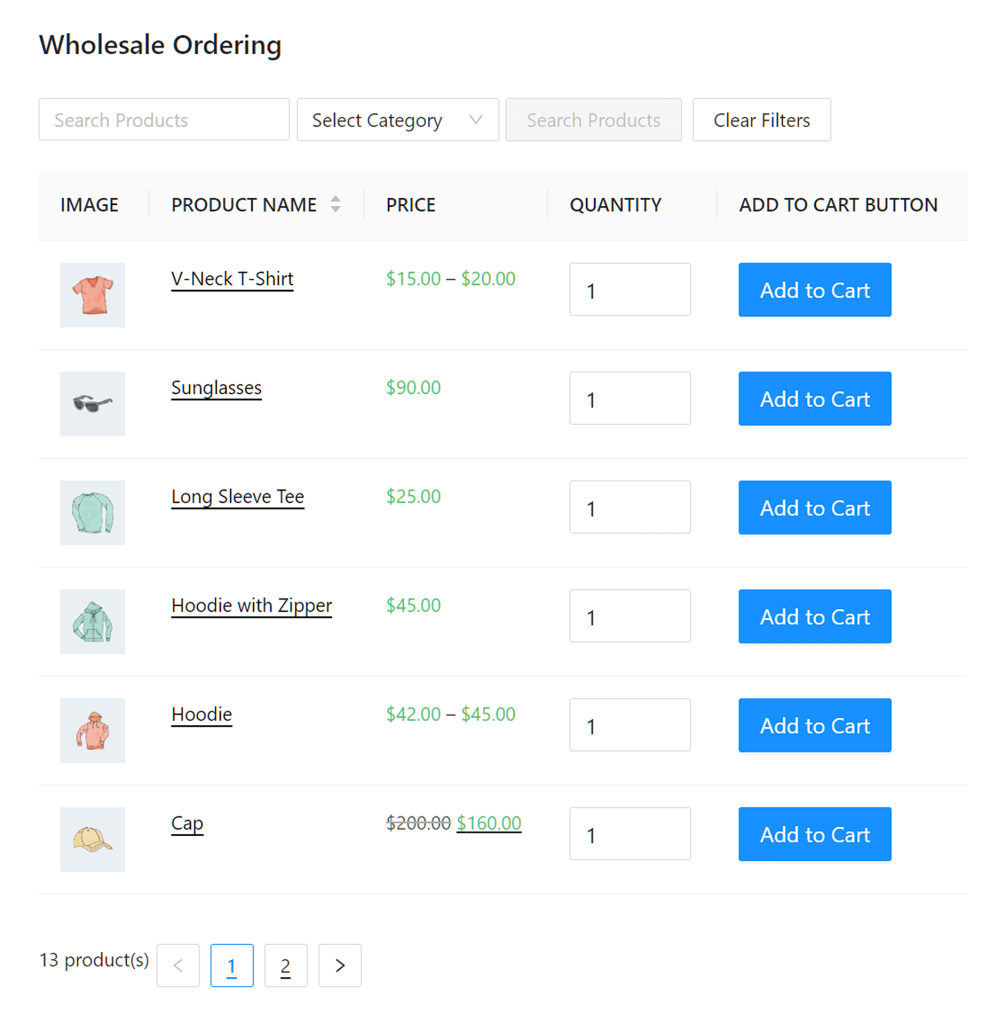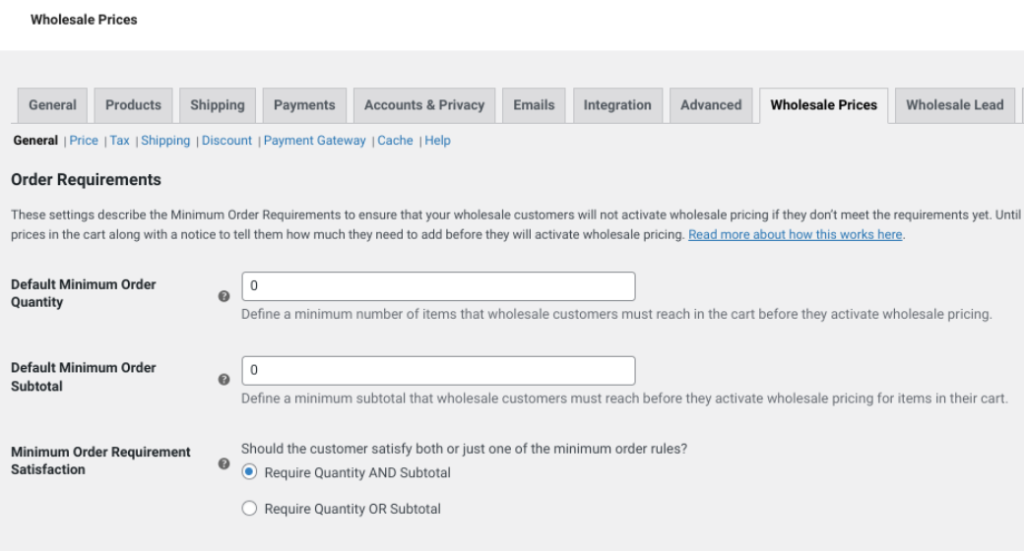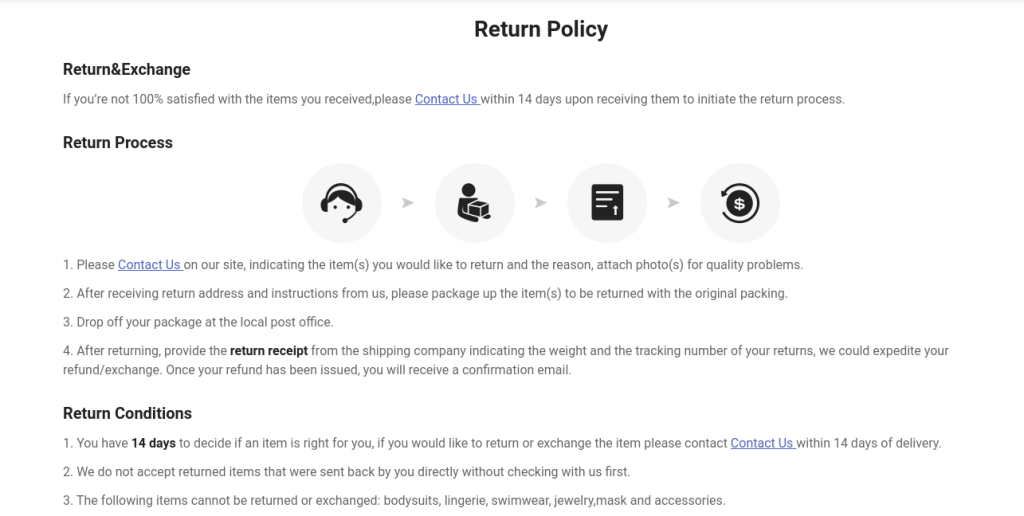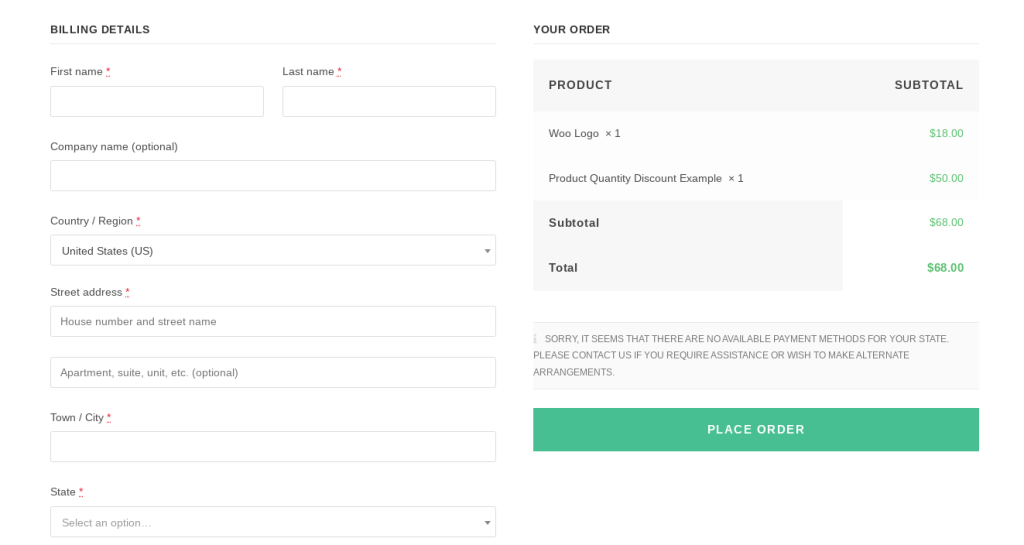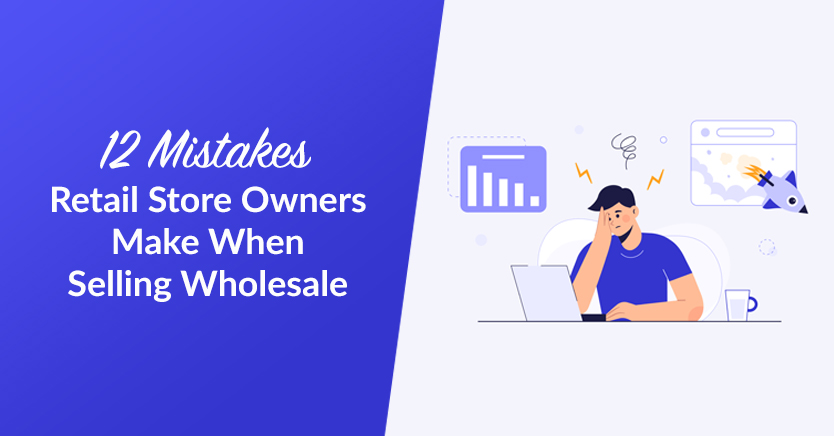
To run a successful wholesale business, it’s important to be strategic in your approach. Unfortunately, there are common mistakes retail store owners tend to make when adding wholesale before they get it right.
The good news is that familiarizing yourself with these missteps can prepare you to avoid them yourself. You can learn what not to do to increase your chances of success.
In this post, we’ll explain the benefits of wholesale. Then, we’ll discuss twelve of the most common mistakes retail store owners make when selling wholesale and what to do instead. Let’s jump in!
The Benefits Of Selling Wholesale
As a retail store owner, you’re likely always looking for ways to grow your business. One of the ways that you can do that is by incorporating a wholesale model.
Wholesale refers to selling a variety of products or brands in bulk. The benefits are that you can significantly increase your revenue and expand your customer base by targeting new audiences that ultimately bring in higher order amounts.
Selling wholesale puts you in a position to offer discounts in exchange for larger orders. This Business-to-Business (B2B) approach is incredibly versatile. After all, it lets you provide your current and potential customers with multiple purchasing options.
When you sell wholesale to retailers, you have more time to focus on other critical aspects of your business. In addition, selling high volume amounts of products to third parties means you won’t usually have to deal with as many sudden market shifts or trends. There also tend to be fewer marketing costs associated with wholesale than retail.
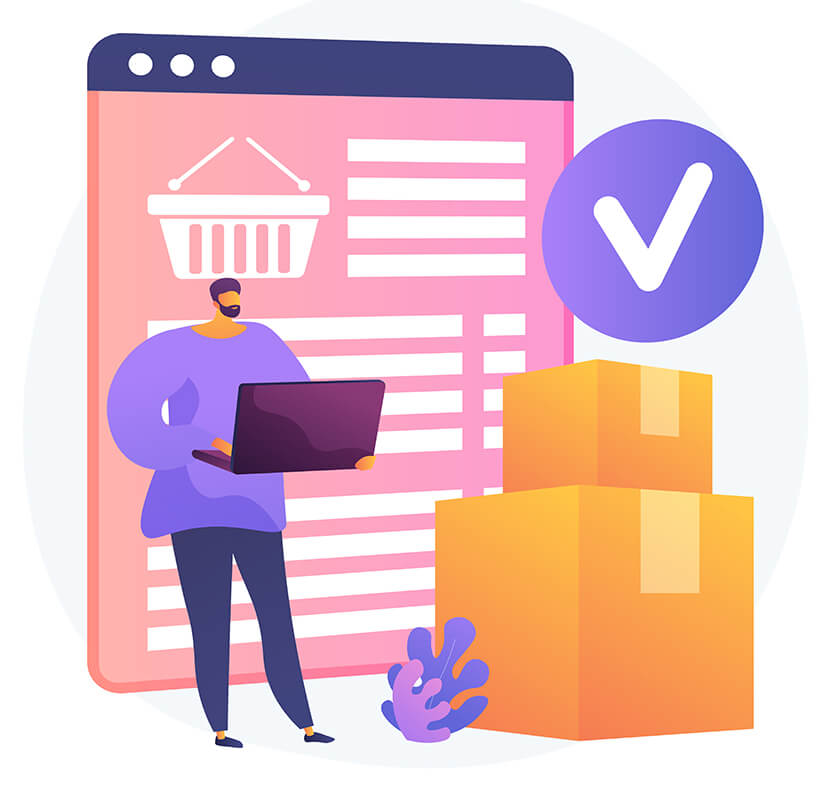
12 Mistakes Retail Store Owners Make When Selling Wholesale
Now that we’ve covered some solid reasons to expand your retail business to incorporate wholesale, let’s take a look at some things to avoid. Below are twelve mistakes retail store owners make when selling wholesale, and what to do instead.
1. Treating wholesale and retail customers the same
When you sell to both retail and wholesale customers, it’s important to acknowledge that they’re different personas. Since they have different needs and priorities, so it’s crucial to treat them accordingly. For example, a concern that influences a business buyer’s decision probably wouldn’t be one that a retail customer would have.
Wholesale customers will likely be focused on the profitability of bulk buying. On the other hand, your retail customer is more emotionally motivated to purchase your product.
The volume and purchasing processes are also different. Wholesale buyers don’t need immediate fulfillment. It’s understood that there’s an inventory cycle in place, so the distribution doesn’t necessarily need to be as urgent as a retail customer looking for instant gratification.
2. Setting the wrong wholesale prices
When it comes to successful wholesaling, prices are of paramount importance. It’s crucial to price your wholesale products with solid profit margins, meaning there’s a fair payoff between the cost to make them and how much you sell them for.
Though pricing is always subjective, you’ll want to keep some general rules in mind. For starters, it’s essential to understand how wholesale pricing differs from retail pricing.
As a retail site owner, we’ll assume you already have your retail prices set. Thus, the next step is to calculate what your wholesale prices should be. Taking time to carefully consider and decide your wholesale prices from your retail prices is vital. After all, your pricing will be difficult to change once your model is in place.
Typically, store owners choose from one of two options: cost-based pricing or guesswork pricing. However, we recommend using what we call value-based pricing. This involves conducting market research and cross-checking the market insight with your business costs.
For a full tutorial and run-down, you can check out our guide on how retail and wholesale prices differ.
Also, here’s a free wholesale pricing calculator to help you determine your wholesale prices!
3. Not profiling their ideal customer
When venturing into wholesaling, the failure to define their target market is among the costliest mistakes retail owners can make.
To successfully target your ideal customer, you must understand who they are. Typically, you’ll want to identify the type of customer who’s low maintenance yet highly profitable.
Ask yourself some of the following questions:
- What characteristics do they possess?
- Where are their geographical locations?
- What type of stores do they own?
- What demographics do they serve?
It’s also helpful to uncover their most significant pain points. Creating a detailed and specific owner profile can narrow your focus and result in more effective initiatives.
4. Failing to establish a strategy to attract wholesale customers
Another reason to create customer profiles is that doing so can help you establish a strategy for attracting wholesale customers. Again, the more you know and understand your target audience, the easier it will be to market and communicate to them in meaningful ways.
For example, once you know what your target wholesale customers’ biggest pain points are, you can tailor your messaging to communicate your unique solution. In addition, familiarizing yourself with their behaviors and preferences can make it easier to target them on platforms when it’s most convenient for them.
In addition, it can be beneficial to gain insight into what your competitors are doing – and what they’re not. Researching who they’re targeting and what strategies they’re using can help give you ideas for areas you might be missing. However, it can also uncover some gaps in the market for you to fill.
5. Forgetting to create a wholesale registration area
Having a designated area on your website for wholesale is important. For one thing, it can make it easier for interested parties to understand your offering and join the program. For another, it can help prevent confusion among retail customers.
Having a dedicated landing page to properly direct traffic on your site can simplify the buying process for both types of customers. You can effectively capture leads while also highlighting the benefits of your wholesale program. Furthermore, you can provide social proof of clients who’ve found success working with you.
To create an engaging wholesale landing page, you can use our Wholesale Lead Capture plugin:
This WooCommerce tool can streamline the process of building a wholesale registration area and customizable forms. It even features a full approvals process.
The plugin adds a wholesale registration page by default. However, you can also add the registration form shortcode anywhere else on your site that you wish. For more guidance, you can refer to our Getting Started Guide.
6. Not optimizing for time
Wholesale customers are short on time, and it’s important to respect that. One way to do this is to streamline your ordering system to make it as fast as possible.
To make it easier to do business with you than with your competitors, we recommend using our Wholesale Order Form plugin. This powerful WooCommerce plugin provides a clean, straightforward interface for wholesale ordering:
Wholesale Order Form helps you solve a variety of issues. For example, it lets you create order forms with no page reloading.
Furthermore, these forms boast a responsive layout, making it easy for users to fill out regardless of the type of device they’re using. The interface automatically adjusts to their screen size.
To learn more, you can read the Getting Started Guide.
7. Skipping appropriate minimums
Having minimum order amounts (and even product minimums) is a smart way to protect your margins before orders are placed. It can also help encourage larger orders.
Wholesale pricing is based on volume. Therefore, minimums are a necessity.
Wholesale Prices Premium lets you do this with ease. Our plugin enables you to price your products in many different ways, such as fixed and discount-based.
You can also use it to apply minimum order amounts:
We recommend writing these things into your wholesale agreement terms. That way, there is no confusion down the line.
8. Not setting an appropriate returns and exchanges policy
As with any business, you may occasionally get customers requesting returns. While some store owners believe making returns and exchange policies more complicated will minimize them, we discourage this tactic.
Profits come from satisfied customers. Annoying them with vague or difficult return processes can hurt your reputation. Instead, we recommend making your return and exchanges policy clear and accessible on your website:
Include direct and concise details that cover any instructions, issues, or concerns customers may have about refunds or how to go about obtaining one.
9. Offering free shipping
It’s common practice among retail store owners to offer free shipping over a certain amount. This can be an excellent way to attract and retain customers.
However, it’s not typically a wise decision for wholesale. Shipping is part of the costs and must be paid for by the buyer. Meanwhile, to justify the price, your responsibility is to ensure that you have a fast and reliable shipping service to get your customers’ goods to them as quickly and safely as possible.
Fortunately, you can easily disallow free shipping for wholesale customers with our Wholesale Prices Premium plugin.
10. Having an unclear ordering process
If you have a complex or unclear ordering process, it can irritate customers and cause them to turn to a competitor. Therefore, it’s critical to set up an ordering system that is fast and efficient not only for your customers but for your business process as well:
Asking customers (retail or wholesale) to spend too much time and take too many steps to place an order can hurt the User Experience (UX). This, in turn, can make them less likely to want to work with you.
This is also why it’s important to make sure that your wholesale terms make it immediately clear how to place an order with you, as well as what payment methods are accepted and when. You can also create an online wholesale ordering system that doesn’t require your buyers to wait to call you during business hours or other times when it’s not convenient.
11. Not tracking everything
It’s important to know your numbers. Data and analytics inform you of what is working in terms of marketing. They can also offer insight into who your biggest clients are.
One of the benefits of using Wholesale Suite, WooCommerce, and other online tools is that you have a plethora of data automatically generated for you at your fingertips. You can integrate with billing software and other Customer Relationship Management (CRM) solutions to get a complete picture of your business activities, making it easier to measure your progress.
12. Not having a plan for growth
To accurately track your progress and assess your progress in meeting your goals, it’s important to have quantifiable data to examine. Then, when you look at your numbers and evaluate your activities, you can reset your plan quarterly to optimize for growth.
Periodically taking inventory of your business can make scaling it more manageable. You can determine what is and isn’t working and make adjustments as necessary.
Consider conducting quarterly account review calls to check in with your customers. Assessing what their goals are for the quarter can ensure you’re prepared to help meet them.

Conclusion
As with any business, starting out in wholesale can be challenging and stressful. However, knowing which mistakes retail store owners make can help you avoid the same errors. As a result, you can better prepare for and minimize the obstacles you’ll face.
Wholesale Suite can provide you with everything you need to help make your business a success. From streamlining your ordering system to implementing flexible pricing, our features and tools have you covered.
To summarize, the twelve most common mistakes retail store owners make when they go wholesale include:
- Treating wholesale and retail customers the same
- Setting the wrong wholesale prices
- Not profiling their ideal customer
- Failing to establish a strategy to attract wholesale customers
- Forgetting to create a wholesale registration area
- Not optimizing for time
- Skipping appropriate minimums
- Not setting an appropriate returns and exchanges policy
- Offering free shipping
- Having an unclear ordering process
- Not tracking everything
- Not having a plan for growth
Do you have any questions about the mistakes retail store owners make when selling wholesale? Let us know in the comments section below!

